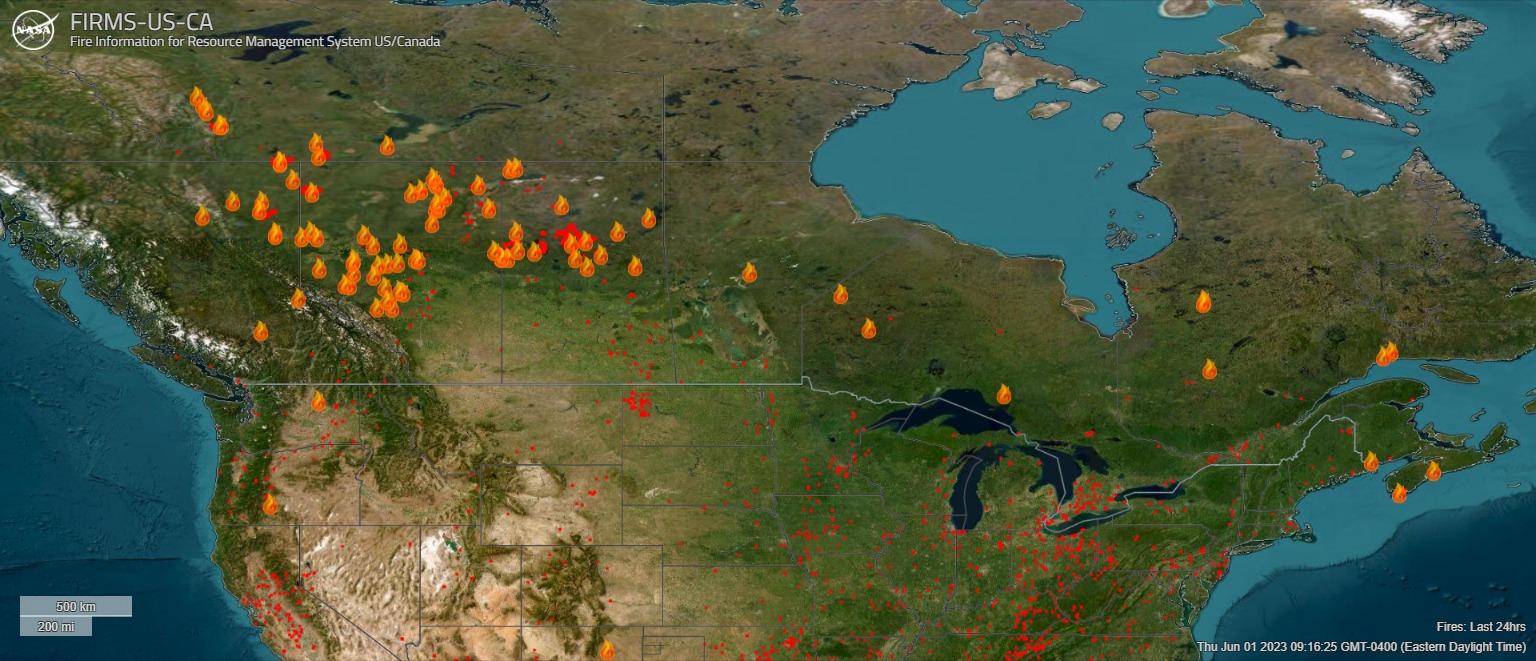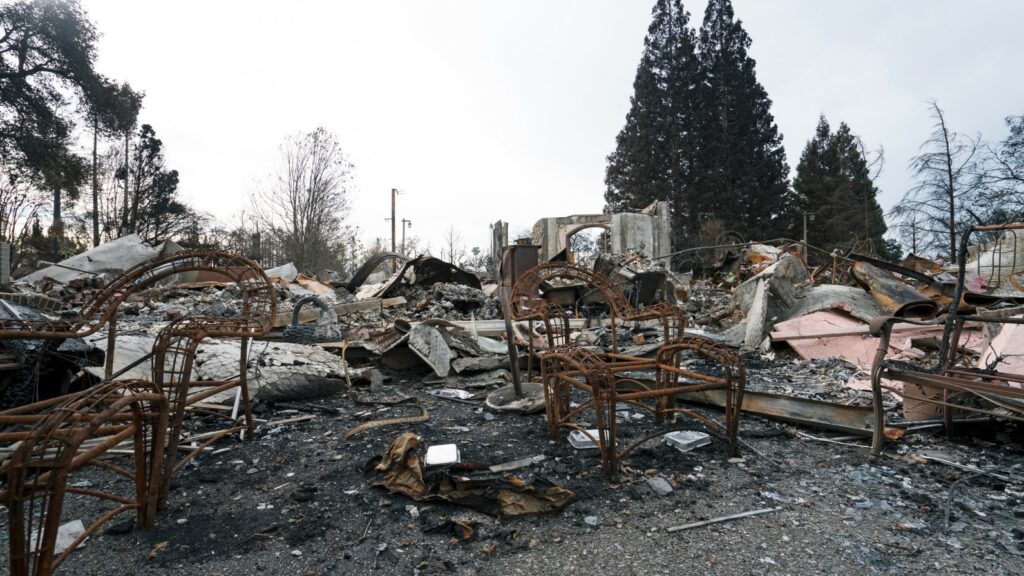
Heavy Rain, Flooding, and Chance of Severe Weather Staring Down the Southern U.S.
January 22, 2024
Posted: June 1, 2023 9:30 am





Fires burning in the Canadian province of Nova Scotia have prompted the evacuation of thousands of residents. The fires are being described as unprecedented, forcing over 18,000 people to flee their homes outside of the province’s largest city of Halifax.
Here is the latest on this situation and how the fires are impacting the air quality in some parts of the U.S.
According to local officials, over 20,000 hectares have burned as of Wednesday. The 13 separate wildfires have destroyed over 200 structures. No deaths have been reported as a result of the blazes. The fires have been burning since Sunday with some of them still not under control.
The record-breaking wildfires have been an anomaly for this part of Atlantic Canada, an area of North America not accustomed to fires of this magnitude. The already limited resources have been depleted as crews work to contain the infernos.
Nova Scotia premier Tim Houston banned all activities within the province’s forests. This includes hiking, fishing, hunting, and camping. Houston pleaded with residents to stop flicking cigarette butts out into the open after six illegal burns were spotted on Monday.
Local officials warned on Wednesday that conditions are predicted to worsen in the coming days as temperatures continue to rise and pair with the dry conditions throughout the region.
It was also confirmed on Wednesday that the Barrington Lake Fire has already destroyed at least 40 structures, however, it has been difficult for officials to get in and assess the total damage.
The good news is that rain is in the forecast for the weekend. This will hopefully help crews to get ahead of fighting the blazes.

While the fires are raging hundreds of miles away in Canada, the smoke from the events have drifted into many areas of the Northeast this week. All of New Jersey and parts of Pennsylvania were under a “code orange” air quality alert on Wednesday due to the smoke filtering southward.
This cluster of smoke from Nova Scotia has met up with the hazy conditions anchored over the region from previous fires burning in western Canada. In addition to the presence of wildfire smoke, the large area of high pressure in place over the Northeast has created the poor air quality.
The National Weather Service (NWS) issued the code orange alert for the entirety of New Jersey and the southeastern corner of Pennsylvania, including the Philadelphia metro area. A code orange alert means that air pollution concentration could present health issues for vulnerable populations.
This includes adults over the age of 65, young children, and those with pre-existing medical conditions. People in these categories are advised to limit the time spent outdoors while the alert is in effect.
A hot and stationary air mass is also exacerbating the impacts of the smoke. The high pressure system that has taken up residence across the Midwest and the Northeast this week has caused what meteorologists refer to as “air stagnation.”
When hot and dry air is in place over a specific area for a period of several days, the light breezes are not strong enough to push out the smoke, dust, and other pollutants that tend to gather in the atmosphere.
Air stagnation is more common during the warm summer months due to the greater amount of sunlight. Less wind also contributes to the stagnant air.
While the poor air quality may pose issues for sensitive groups this week in the Northeast, residents will be treated to colorful sunsets and sunrises due to the smoke.
Did you find this content useful? Feel free to bookmark or to post to your timeline for reference later.

January 21, 2024

January 19, 2024

January 18, 2024